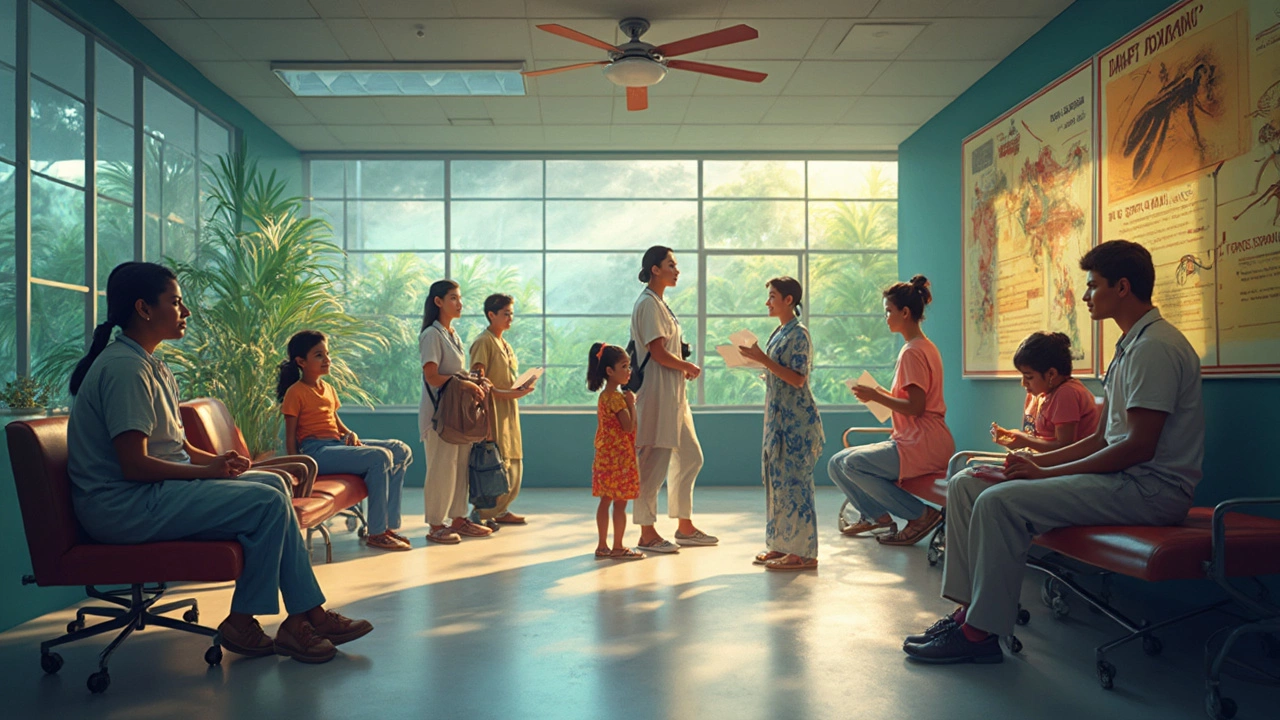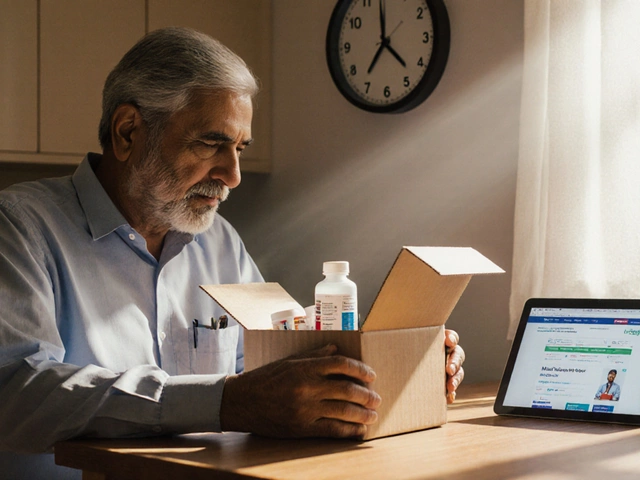Safety Tips Costa Rica: What Every Traveler Should Know
Planning a trip to Costa Rica? It’s a beautiful place, but a little preparation goes a long way. Below are simple, real‑world tips you can use the day you land to keep your health, money, and peace of mind intact.
Health and Food Safety
First, protect your stomach. Stick to bottled or filtered water, and avoid ice cubes unless you know they’re made from safe water. Fresh fruit is great, but wash it with purified water or peel it yourself.
Local street food can be tasty, but choose stalls that look clean and have a crowd of locals. Cooked foods are safer than raw dishes, and salads should be served with a separate fork.
Bring a small pack of water‑proof mosquito repellent. Dengue and Zika are present, especially during the rainy season, so covering exposed skin in the evenings helps a lot.
If you have a weak immune system, talk to your doctor about vaccines for Hepatitis A, Typhoid, and possibly Yellow Fever if you plan to visit border areas. A travel insurance plan that covers medical evacuations is worth the cost.
Sun protection is a must. The sun is strong near the equator, so wear a hat, sunglasses, and sunscreen with at least SPF 30. Reapply every two hours, especially after swimming.
Everyday Safety on the Streets
Keep your belongings close. Use a money belt or hidden pouch for passport, cash, and cards. When you’re in busy markets, keep your bag in front of you and avoid flashing large amounts of money.
Pickpocketing can happen in tourist hotspots. A quick tip: zip up your backpack and keep it on your front side when the crowd gets dense.
Only use registered taxis or rides‑hailing apps. If a driver doesn’t have a visible license or a company logo, ask to see their ID or find another ride. It’s safer than hopping into an unmarked car.
Roads can be narrow and winding, especially in the mountains. If you rent a car, drive slowly, use headlights in fog, and give plenty of space to cyclists and motorbikes.
Wildlife is a big draw, but it can be dangerous if you get too close. Never feed monkeys, keep a safe distance from sloths, and watch out for snakes on hiking trails. In national parks, stay on marked paths and follow guide instructions.
When you’re headed to waterfalls or rivers, check local signs for strong currents. Even if the water looks calm, hidden currents can pull you in. Wear a life jacket if you’re swimming in a lake or doing water sports.
Know the emergency number: 911 works throughout Costa Rica for police, fire, and medical assistance. Keep a note of your embassy’s contact info and a copy of your passport in case the original gets lost.
Learning a few basic Spanish phrases—like “¿Dónde está el baño?” (where is the bathroom?) or “Necesito ayuda” (I need help)—can make a big difference when you need directions or assistance.
Finally, stay informed about natural hazards. Costa Rica has active volcanoes and occasional earthquakes. If you’re staying near a volcano, follow any evacuation notices and keep an emergency kit with water, snacks, and a flashlight.
Follow these straightforward tips and you’ll spend more time enjoying the rainforests, beaches, and friendly locals, and less time worrying about what could go wrong.

Biggest Health Problem in Costa Rica: What You Need to Know Before Traveling
Planning medical tourism in Costa Rica? Many visitors don't realize that dengue fever is the biggest health problem you might face while there. This article breaks down why dengue is so common, how it can affect you, and what you should do to stay safe. You'll also get real tips on healthcare options, what the hospitals are like, and smart ways to avoid getting sick. Whether you're booking dental work or surgery, this guide helps you dodge surprises and take control of your health while traveling.




